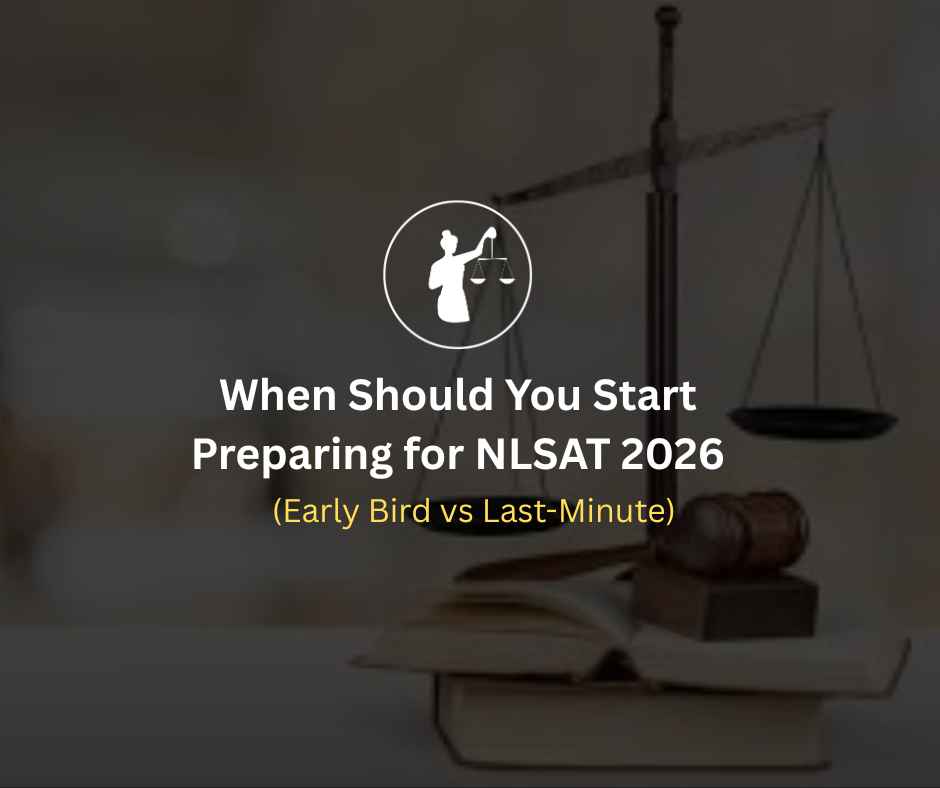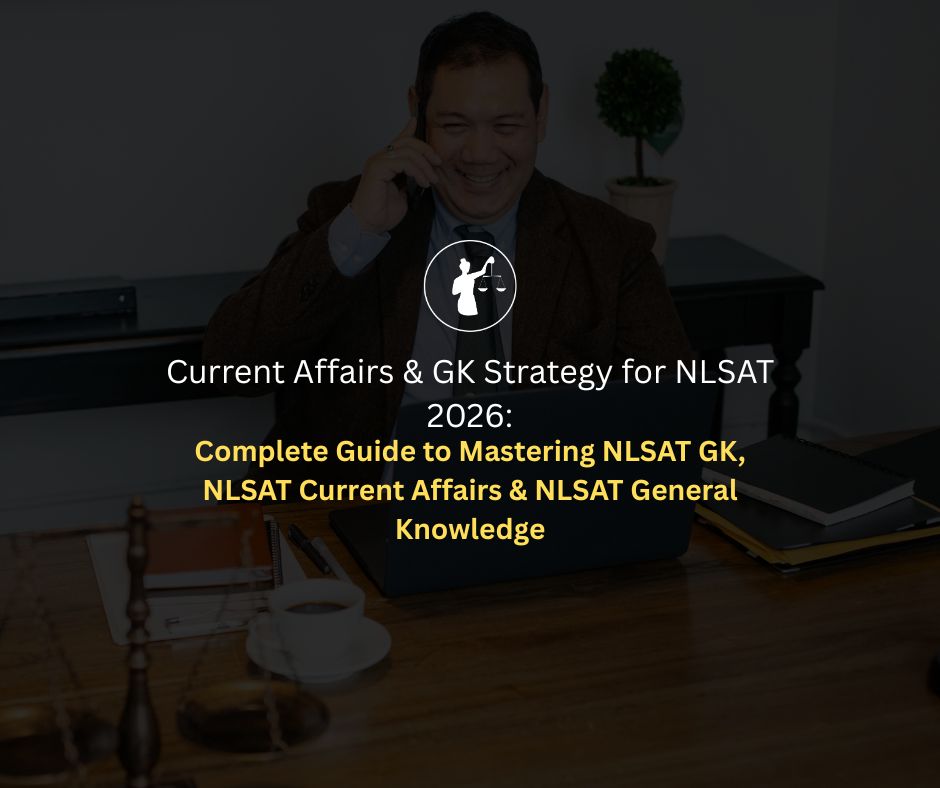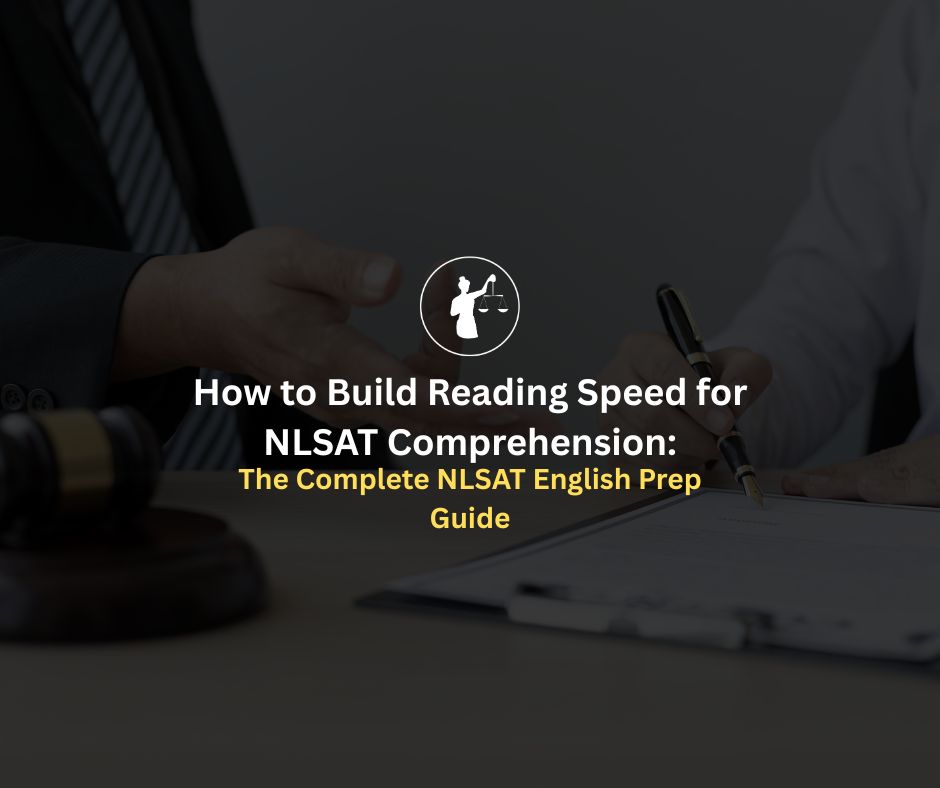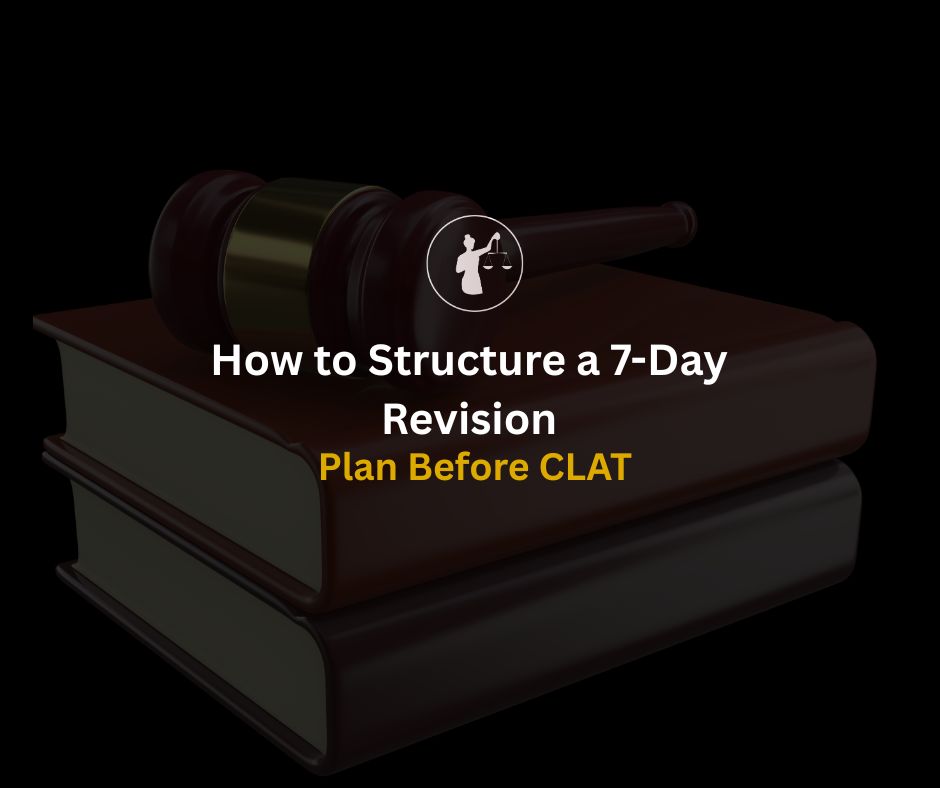
NLSAT 2026 is not your typical law entrance exam. As the sole gateway to NLSIU Bangalore’s prestigious 3-Year LL.B. (Hons.) program, it tests more than just knowledge. Success depends on how well you reason, write, and apply information. Given its two-stage format MCQ + Subjective Essay/Legal Writing timing your preparation right is crucial.
So, when should you start preparing for NLSAT 2026? Can last-minute preparation suffice, or is early preparation essential?
This guide compares the Early Bird, Last-Minute, and Hybrid preparation strategies helping you align your study plan with your goals, background, and learning style.
Before planning your timeline, here's a quick overview of the NLSAT 2026 structure:
1.Duration: 150 minutes
2.Part A: 75 MCQs on Comprehension, Critical Reasoning, and Current Affairs (Negative marking: -0.25)
3.Part B: 5 subjective questions + 1 essay on legal aptitude/analytical ability (Evaluated only if you clear Part A cutoff)
4.Eligibility: Open to all graduates (No prior legal knowledge required)
5.Seats: ~120 (NLSIU-exclusive intake)
This makes NLSAT 2026 preparation a unique mix of aptitude, analysis, writing, and clarity of thought—not just speed or memory.
Read More : NLSAT Topper Sreesha AIR 6
Best For:
Students with limited reading/writing exposure
First-time law aspirants
Professionals or students balancing jobs/college
Ideal Start: July–September 2025 (8–10 months before the exam)
Benefits:
Deeper Conceptual Clarity: Early starters can build a strong base in comprehension and reasoning without rushing.
Ample Time for Essay Practice: Legal writing takes time to master. Early practice means higher writing quality by March.
Mock-Test Mileage: 15–20 full-length mocks with full-length review loops and improvement tracking.
Reduced Burnout: 2–3 hrs/day is enough; steady and sustainable.
Sample Timeline:
Read More : How NLSAT 2026 Differs from CUET PG & Other LLB Exams
The Last-Minute Strategy
Best For:
CLAT PG/CUET PG aspirants looking to add NLSAT
Humanities students already strong in writing & reasoning
Highly motivated learners with strong time commitment
Ideal Start:
December 2025–January 2026 (3–4 months before the exam)
Risks:
Writing Under Pressure: Less time to develop structure, coherence, and precision in essays.
Limited Mock Practice: Only 5–7 mocks possible before the exam.
High Burnout Risk: Requires 5–6 hrs/day minimum to cover content, practice, and revision.
Success Tactics:
Daily writing + mock routines from Day 1
Prioritize comprehension sets + argument-based reasoning
Focus on quality over quantity in mock review
Can’t commit to a full-time prep from July but want more than a crash course? The Hybrid Strategy is for you.
What is the Hybrid Strategy?
It’s a two-phase plan:
Phase 1: Low-Intensity Prep (July to October)
Focus: Reading habit, light reasoning drills, basic current affairs tracking
Time: 30–60 mins/day
Goal: Lay the foundation without stress
Phase 2: Intensive Prep (November to March)
Focus: Full-length mocks, essay writing, revision, and exam conditioning
Time: 3–4 hrs/day (increasing gradually to 5 hrs as exam nears)
Why It Works:
Foundation Built Early: You’re not starting from zero when it gets serious
Avoids Burnout: July–Oct keeps you engaged but fresh
Peak at the Right Time: Full focus aligns with exam demands
Perfect for Working Professionals or Final-Year Students
Sample Hybrid Calendar:
The best time to start preparing for NLSAT 2026 depends on your comfort with reading, writing, and logical reasoning. But one thing is clear: this exam rewards depth over cramming, and clarity over speed.
If you're serious about NLSIU, start early or follow the hybrid model.
If you're late to the game, go all-in with structured practice and mock test analysis.
Regardless of when you begin, understanding how to prepare for NLSAT 2026 is about aligning your strategy with the exam’s demands—not just completing a syllabus.
Read More : NLSAT Topper Laila AIR 26
1. When is the best time to start preparing for NLSAT 2026?
Ideally, between July and September 2025. This gives you enough time to master comprehension, current affairs, and legal writing. If you start later, follow a Hybrid or Last-Minute strategy based on your background.
2. Can I crack NLSAT 2026 with just 3–4 months of preparation?
Yes, but only if you're consistent, already strong in reading and writing, and take at least 5–6 hours a day for mock tests and essay practice. A focused 100-day plan can work if executed rigorously.
3. Is NLSAT tougher than CLAT PG or CUET PG for 3-year LLB?
NLSAT is different, not necessarily harder. It focuses more on critical reasoning and writing ability, whereas CLAT PG and CUET PG are fact-heavy and MCQ-based. NLSAT’s subjective section sets it apart.
4. How many mocks should I take for NLSAT 2026?
At least 10–15 full-length mocks. Start with one mock per week and scale up to two per week in the last month. Focus on detailed analysis and subjective answer improvement.
5. Do I need legal knowledge to write the NLSAT essay?
No. NLSAT does not expect prior legal knowledge. It evaluates your ability to reason, construct logical arguments, and communicate ideas—even in unfamiliar contexts.





